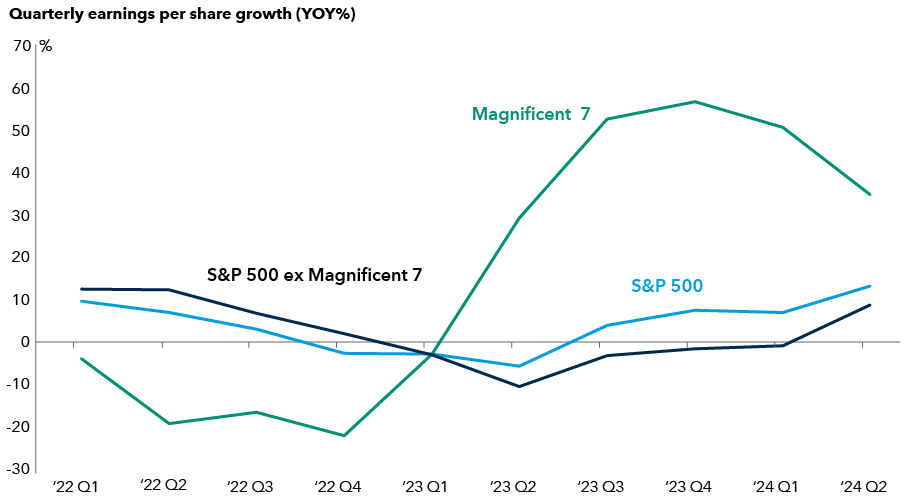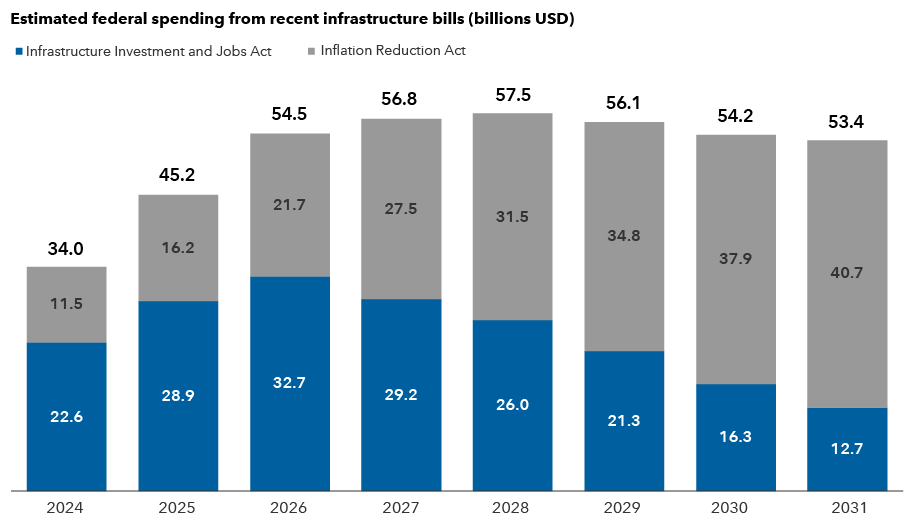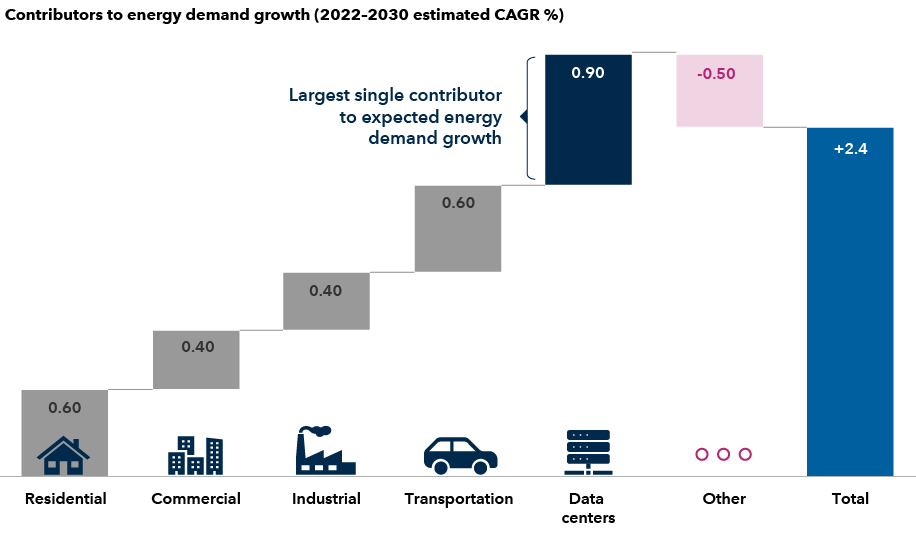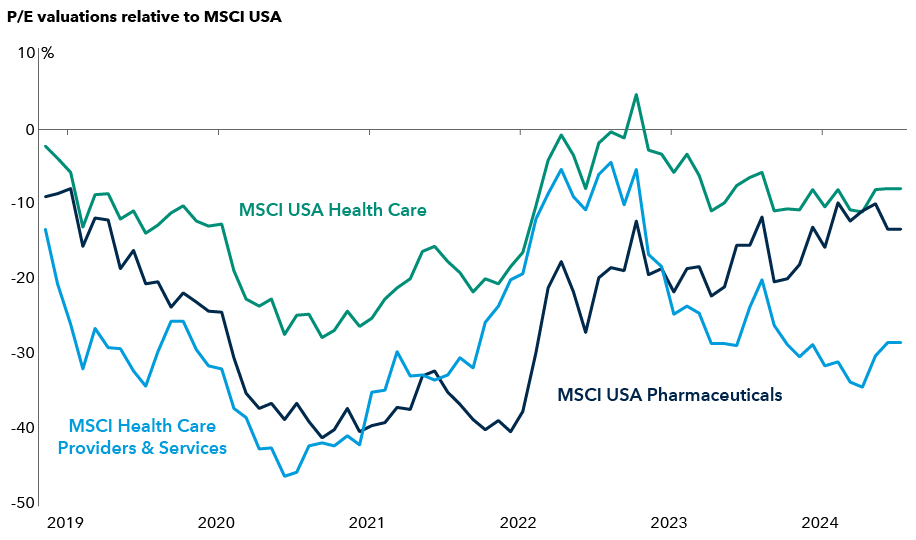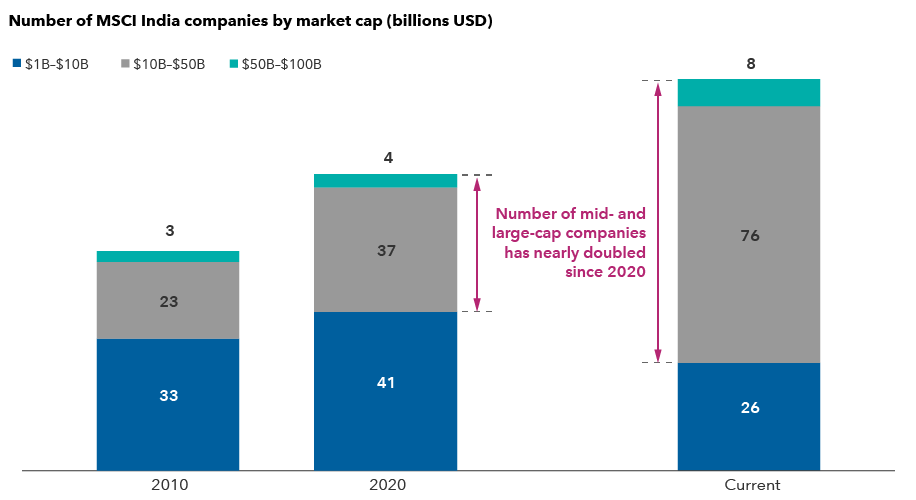This theme spans industries. It requires years of industry consolidation, the right product lineup, refinement of the business model, and a strong management team. Companies that emerge as winners can witness substantial growth in both revenue and profits. It may not be a straight line in terms of the stock price and investor sentiment, but long-term investors may accrue significant value over time.
LVMH and Hermes are examples in the luxury space, where their business models for luxury items have so far been tough to upend. Similarly, the semiconductor manufacturing universe has consolidated so much since the 1990s that Taiwan’s TSMC manufactures 80% of the world’s most advanced computing chips.
Looking for examples across industries, Caterpillar has a hold on the heavy industrial equipment segment, Netflix has emerged as the leader in online streaming, and Meta and Google have a grip on the online advertising market. Costco has become dominant in the club-grocery business, having succeeded in exporting its business model to other countries. Airbus and Boeing have a duopoly in airplane frames, with orders in the pipeline stretching out a decade. Similarly, GE, Safran and Pratt & Whitney are chief suppliers of narrow-body aircraft engines. And miners like Freeport-McMoRan and BHP dominate copper mining, an increasingly rare mineral in heavy demand in several industries.
We also keep an eye out for companies that are getting or are at risk of getting displaced by the dominant providers. Over the years, several big-box retailers have been disrupted by Amazon, and we expect that health care companies that are slow to apply AI to drug innovation may be overtaken by those that do in the coming years.
We’d reiterate that the stocks of these companies may not be good investments in every environment, depending on a variety of factors including valuation, regulatory scrutiny, management changes and business challenges, such as those we are seeing with Boeing. But it’s a theme we always focus on, which means that companies with these characteristics will probably always be on our radar.


